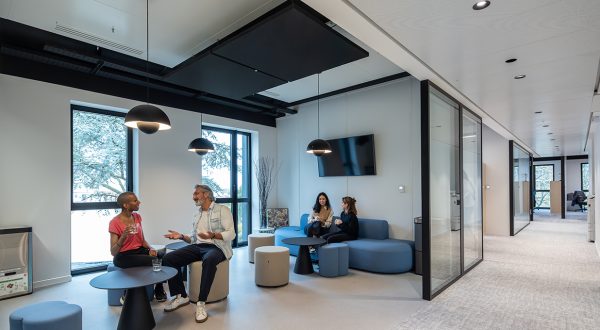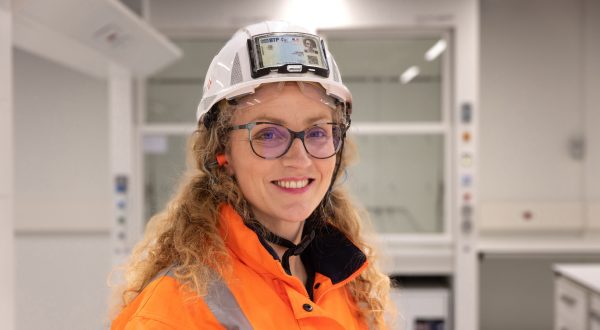BIM combines with augmented reality to better manage worksites
Reading time: 2 min
During the construction phase, Building Information Modeling and augmented reality can be put together to better anticipate contingencies, monitor progress in greater detail, and ultimately expedite project execution.
![]()
The Building Information Modeling (BIM) method represents a building or infrastructure construction project in 3D, and compiles and processes the full range of smart data entered by the various trades working on the project (design, construction, and use of the building).
The combined use of BIM and augmented reality makes it possible to superimpose virtual elements directly on reality.
The BIM tool is coming into widespread use on worksites. It is used to access data and enter new data in real time, and to track and monitor progress on the project without the need for a cumbersome accumulation of documents and drawings.
Although worksite BIM currently operates primarily on tablets, virtual reality enables virtual elements to be directly superimposed on reality. Among other things, this makes it possible to display the project in situ, either as a whole or by trade or type of component (walls, openings, equipment, etc.).
“For example, for the Trinity project in La Défense, we developed a tool that uses augmented reality glasses to monitor the installation of ventilation and water supply systems. We can also, as in upstream structural works, check the positions and dimensions of box-outs [holes provided for the passage of networks],” says design engineer Florian Chermeux, BIM adviser at Lefort Francheteau, a heating, ventilation and air conditioning specialist.
The VINCI Energies business unit is developing other applications to boost ergonomics and efficiency, such as augmented reality glasses to track progress and safety alerts to report risks observed on the worksite that include a supporting photo or even a mini-video.
“From the client’s point of view, the single reference system provides a consistent representation of the structure, supports building energy consumption monitoring, and enhances maintenance reliability,” says Pierre Blanchet, Innovation manager at VINCI Energies – Building Solutions.
Pierre Blanchet also sees BIM as a way “for the project manager to boost quality, thanks to the availability of very precise data, and to thus reduce the amount of reworking and the number of contingencies during construction, and ultimately to optimise the construction timeframe by smoothing the process.”
15/11/2018


